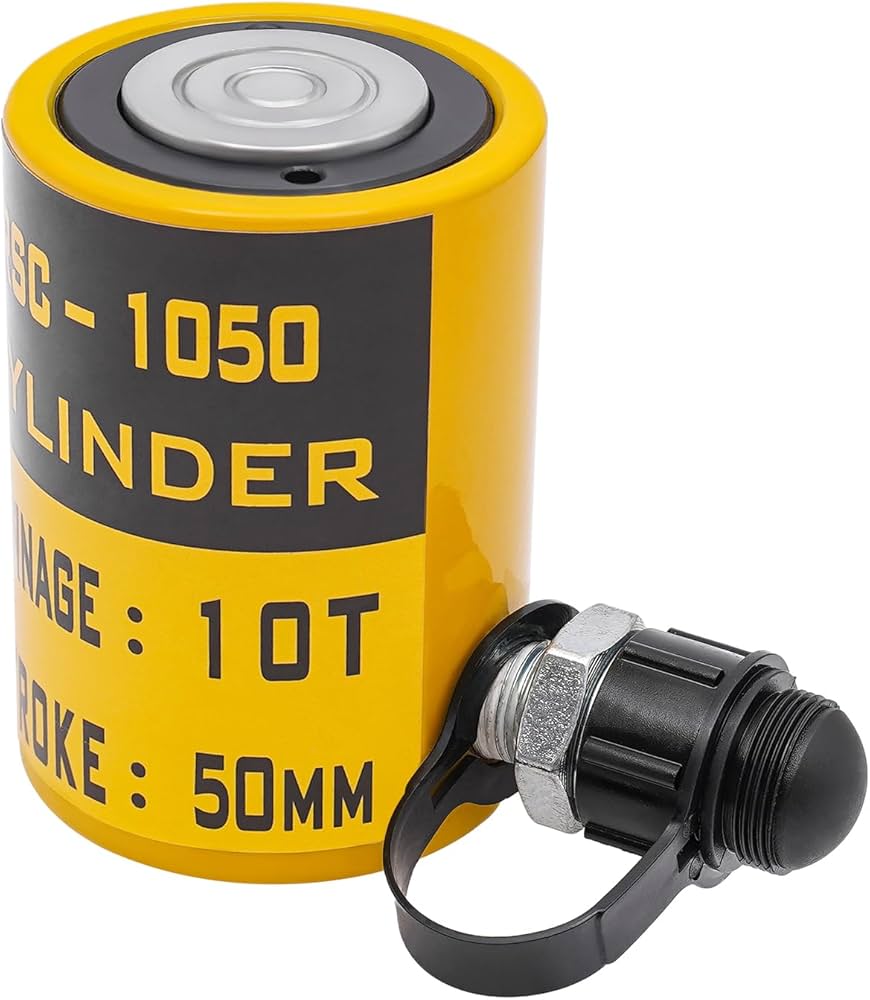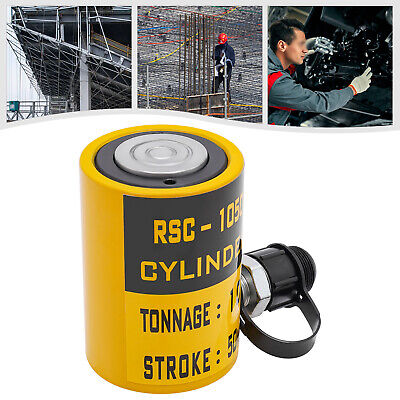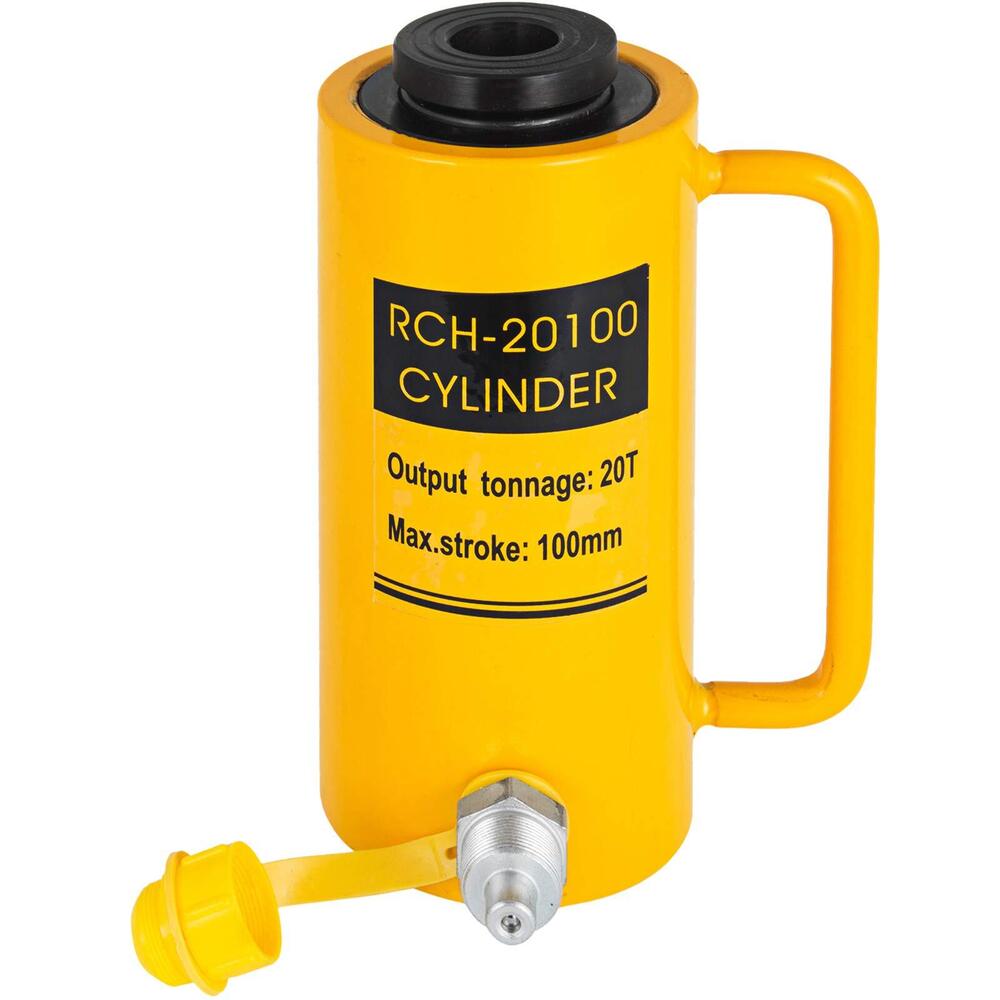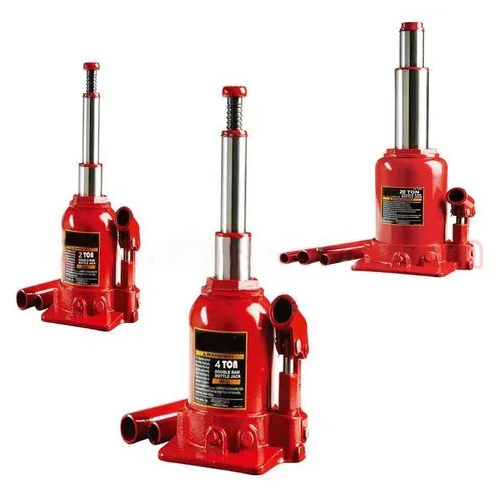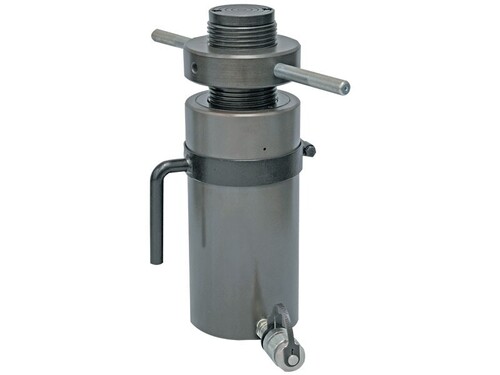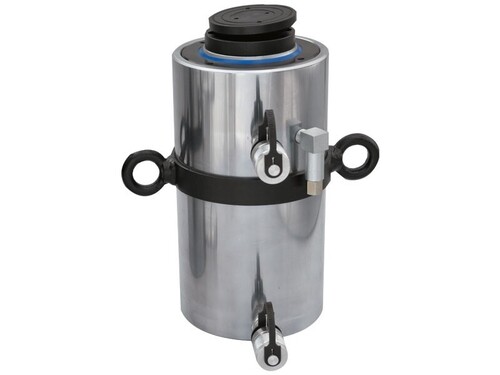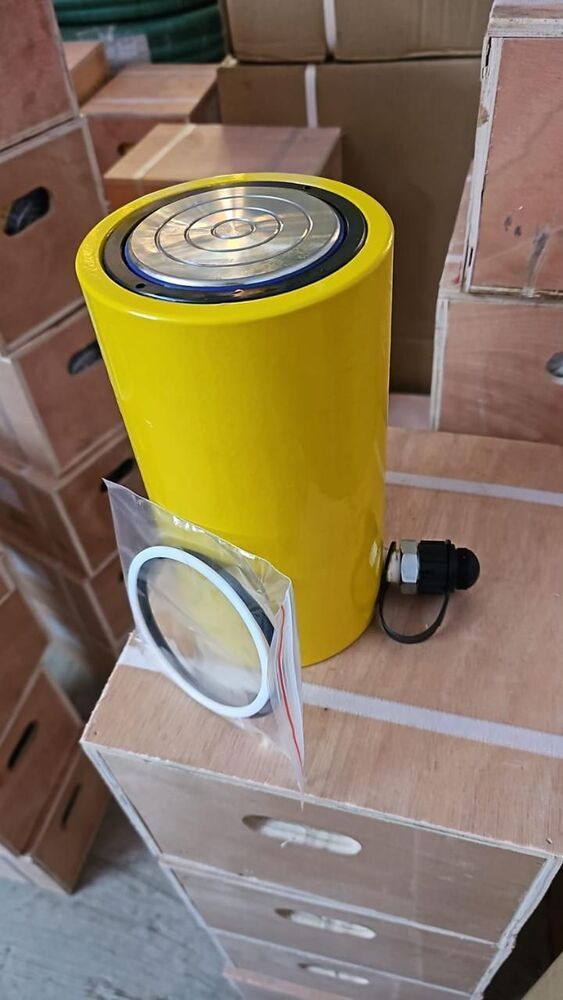
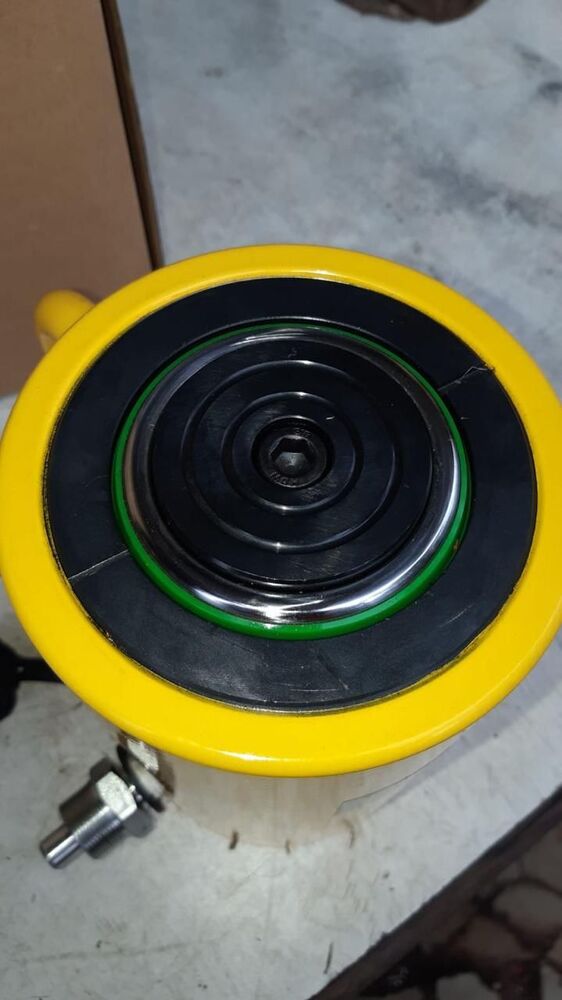
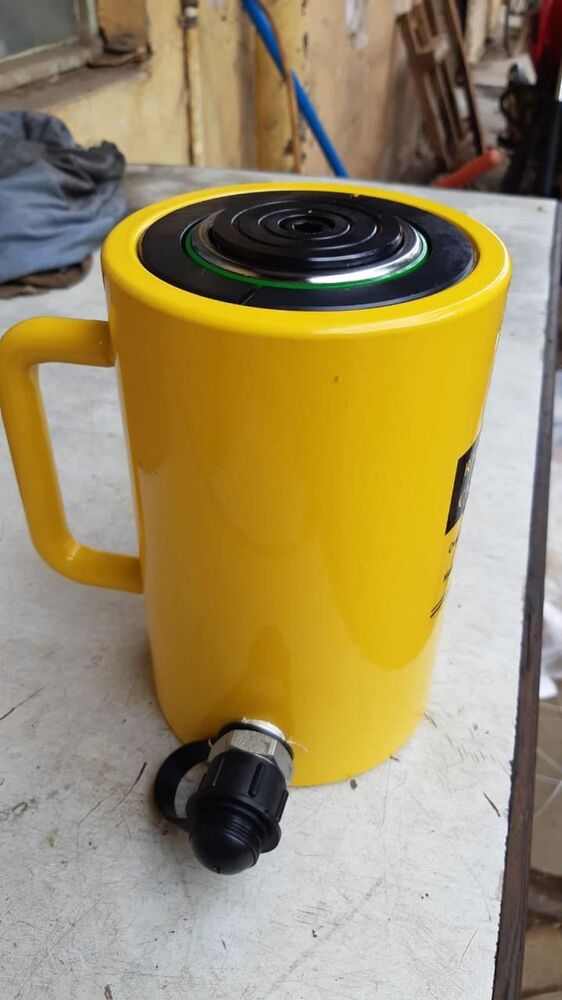
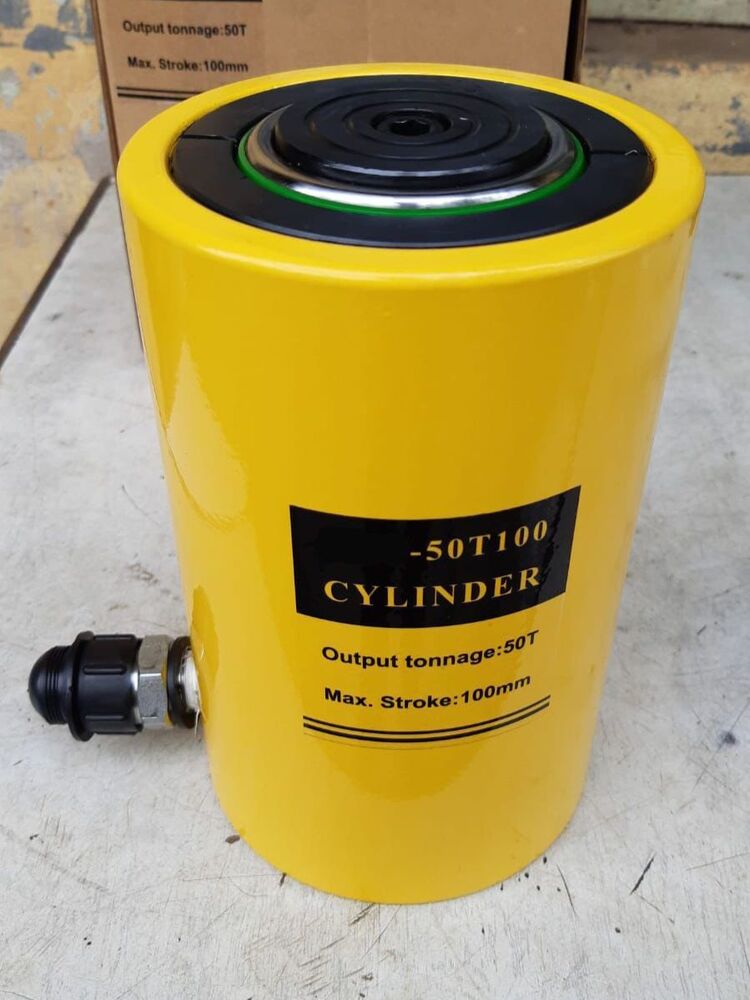


RSC Hydraulic Cylinder Jack
Product Details:
RSC Hydraulic Cylinder Jack Price And Quantity
- 1 Piece
- 5000.0 INR/Piece
- 5000.00 - 10000.00 INR/Piece
RSC Hydraulic Cylinder Jack Trade Information
- 1
- 1
- Yes
Product Description
A hydraulic cylinder jack is a mechanical device that uses hydraulic pressure to lift heavy objects. It's commonly used in various applications, such as automotive repair, construction, and industrial settings. Here as a more detailed overview:
How It Works:
Hydraulic Principle: The jack operates based on Pascal's law, which states that pressure applied to a confined fluid is transmitted undiminished in all directions. This allows a small force applied at the pump to lift a much heavier load.
Components:
Cylinder: The main body where the hydraulic fluid is contained.
Piston: A cylindrical component that moves within the cylinder when hydraulic fluid is pumped in.
Pump: Typically a hand-operated or electric pump that forces hydraulic fluid into the cylinder.
Hydraulic Fluid: The fluid that transmits force, often oil-based for lubrication and heat dissipation.
Release Valve: Controls the flow of hydraulic fluid out of the cylinder, allowing the load to be lowered safely.
Types:
Bottle Jacks: Compact and portable, suitable for tight spaces.
Floor Jacks: Used in garages, providing a wider base for stability.
Toe Jacks: Designed for lifting heavy loads with a small lifting point.
Applications:
Automotive: Lifting vehicles for repairs and maintenance.
Construction: Raising heavy materials or equipment.
Industrial: Moving or positioning heavy machinery.
Safety Considerations:
Always use on a stable surface.
Never exceed the jack's rated capacity.
Ensure the load is secure before lifting.
Use jack stands for added safety when working under lifted vehicles.

Price:
- 50
- 100
- 200
- 250
- 500
- 1000+
Other Products in 'Hydraulic Jack' category
 |
BEST HARDWARE
All Rights Reserved.(Terms of Use) Developed and Managed by Infocom Network Private Limited. |

 Send Inquiry
Send Inquiry



